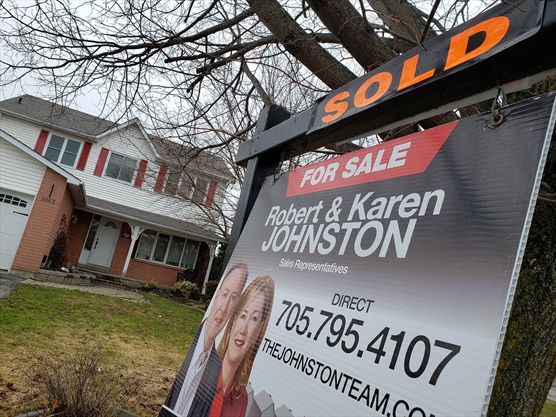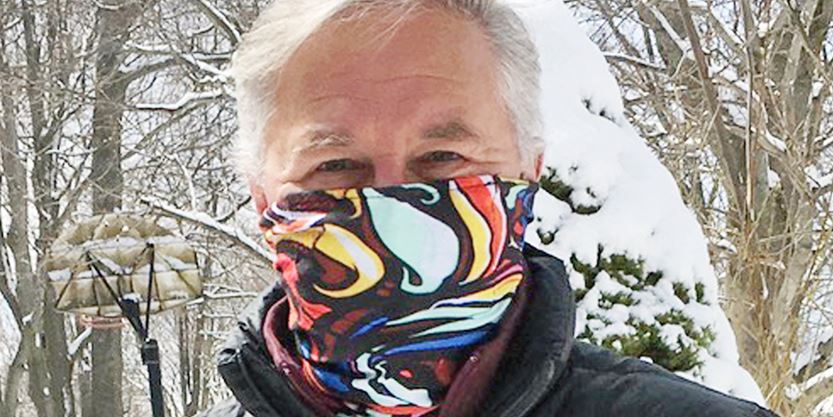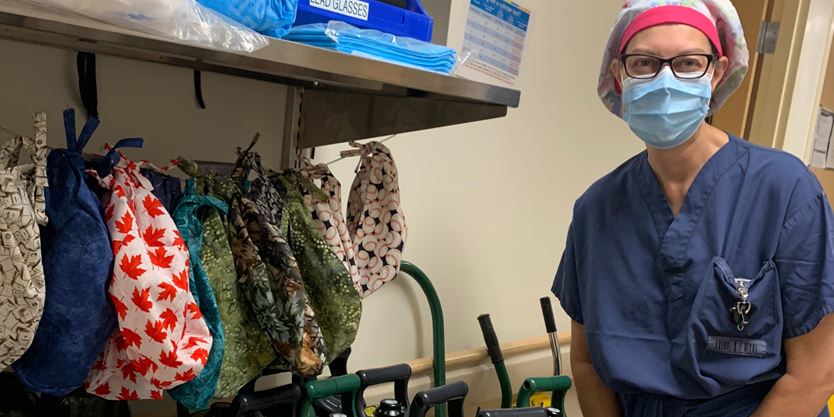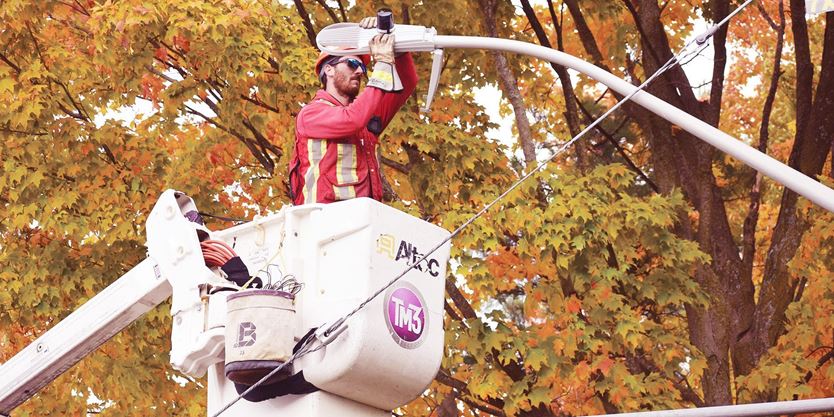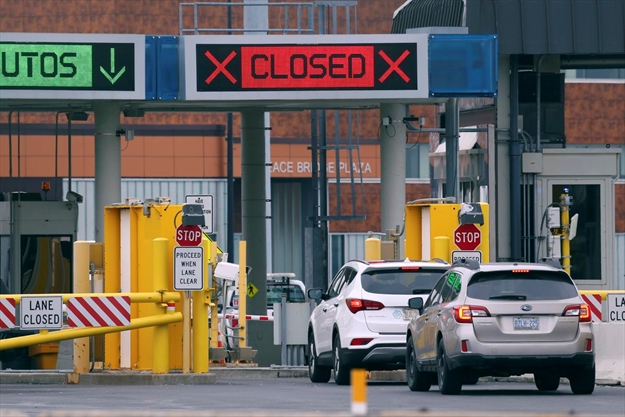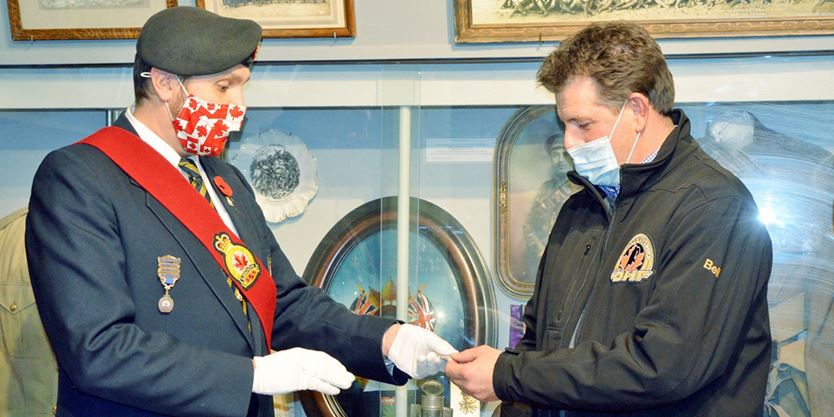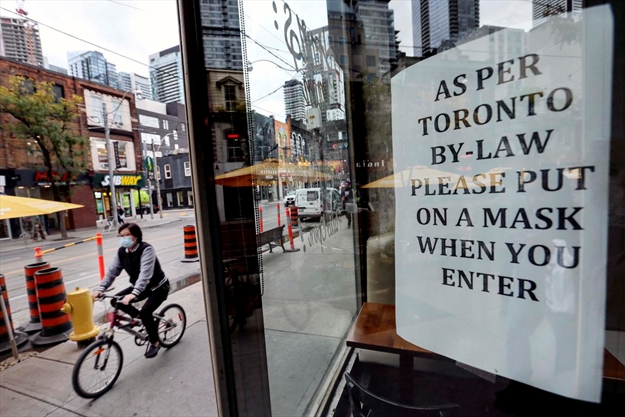As the bombshell news of U.S. President diagnosis flooded the internet Friday morning, commentators could barely contain themselves.
Some pundits, unabashed in their giddiness, said Trump deserved “zero sympathy” after downplaying the severity of the pandemic for months and even mocking people for wearing masks.
“Karmic retribution,” they scoffed, as such hashtags as #trumphascovidparty surfaced.
Others took a more measured tone, saying while they abhorred the president’s handling of coronavirus, it was uncouth to delight over such potentially grave matters. “I don’t wish ill on anyone” was a common refrain.
What to make of the morally ambiguous outpouring — this schadenfreude?
Alice MacLachlan, a philosophy professor at York University, suggested there’s a line to be walked when it comes to schadenfreude — a term that is an amalgam of the German ‘schaden,’ meaning “harm,” and ‘freude,’ meaning “joy.”
“In general, I’m not entirely opposed to schadenfreude. I think it has its moments. I think it can relieve despair and misery. It can also be a collective or group bonding exercise,” she said.
“At this time, though, I am more worried about it than I would be generally. As we find ourselves isolated because of the pandemic and as we find ourselves increasingly politically divided … and particularly as one of the most powerful democracies in the world feels especially fragile in the lead-up to the election, there’s a sense in which participation in any collective emotion happening publicly online is always a little bit out of control. And we don’t have a good sense of the consequences.”
Her upshot?
“When it comes to the temptations of schadenfreude, we don’t want to be saints, but we should be restrained sinners.”
Alberta writer Omar Mouallem was among those on Twitter on Friday who didn’t hold back in sharing his reaction to Trump’s diagnosis.
“In just six months, Trump is responsible for killing more Americans than Osama bin Laden, whose death was long wished and celebrated. So spare us your disapproving lectures,” he wrote. “We don’t keep mass murderers in our thoughts.”
On the other hand, Dr. Isaac Bogoch, a University of Toronto infectious disease specialist, urged restraint.
“I don’t wish ill on anyone and hope Donald & Melania Trump have a speedy recovery from #COVID19 — regardless of my ideological differences,” he tweeted. “This is a terrible infection and nobody deserves to get this.”
Scouring through the available research, there appears to be little consensus about whether feelings of malicious joy are ultimately good for us or not as a society.
research suggests there could be multiple triggers. One school of thought says the emotion is derived from feelings of envy — when someone we envy gets knocked down it makes us feel better inside.
Another theory suggests that schadenfreude is linked to “deservingness” — the feeling that someone dealt a misfortune had it coming to them.
A third theory suggests schadenfreude is tied to intergroup-conflict and feelings of rivalry, such as during a sporting or political competition.
For most people, such feelings are temporary and will give way to feelings of empathy, the researchers have found. But for others, schadenfreude may be closely linked to other “dark” personality traits — namely sadism, narcissism and psychopathy.
In her 2018 book , Tiffany Watt Smith, a cultural historian in London, offers a less bleak take on the phenomenon. She notes that feelings of schadenfreude — which she describes as “these confusing bursts of pleasure, swirled through with shame” — happen more often than we think.
Consider the delight we feel over the skier who faceplants in the snow, the politician who accidentally tweets an indecent picture, or the work colleague who fails to get a promotion.
Schadenfreude is not particular to Western culture either, she notes. “The Japanese have a saying: ‘The misfortune of others tastes like honey.’”
While philosopher Arthur Schopenhauer condemned schadenfreude as “an infallible sign of a thoroughly bad heart,” Smith argues the opposite.
“Schadenfreude may appear anti-social. Yet it is a feature of many of our most cherished communal rituals, from sports to gossip. It may seem misanthropic, yet it is enmeshed in so much of what is distinctly human about how we live: the instinct for justice and fairness; a need for hierarchies and the quest for status within them; the desire to belong to and protect the groups that keep us safe. It may seem superior and demeaning, yet it also speaks of our need to appreciate the absurdity of our attempts to appear in control in a world forever slipping out of our grasp,” she writes.
“It might seem isolating and divisive, but it testifies to our need to not feel alone in our disappointments, but to seek the consolations of being part of a community of the failed.”
Before news broke late Friday that Trump was being sent to hospital to undergo tests, MacLachlan said she suspected that many people who had earlier expressed glee over Trump’s diagnosis would likely “change their tune” if it turned life-threatening.
MacLachlan says a conversation she had Friday morning with her seven-year-old daughter, who is just starting to become aware of politics, reminded her she should probably temper her own reaction.
“When I told her he had coronavirus, she said, ‘Oh, I hope it’s a learning experience for him. I hope it makes him think about people who don’t have money for hospitals or who can’t go home when they’re sick and that it makes him better.’”
Personally, MacLachlan thinks the chances of such an outcome are slim, but it did give her pause.
“There’s this chance of misfortune as moral progress.”
But Mouallem stood by his provocative tweet, citing to the Star a Cornell University study that recently identified Trump as a superspreader of coronavirus misinformation.
“This is a matter of justice. When a mass murderer is convicted and sentenced, we don’t call that schadenfreude, we call that justice. That’s how I see this. … He is responsible for countless numbers of people who have died, could die or at the very least will suffer injuries or symptoms for who knows how long. Spare me from performing this politeness for a man who shows none to any human being,” he said.
“Why should I give thoughts and prayers to someone like that?”
Douglas Quan is a Vancouver-based reporter for the Star. Follow him on Twitter:

